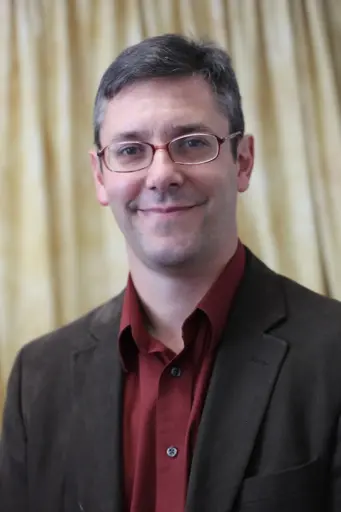Plastic is truly a wonder material. Since the earliest versions hit the market, the lightweight, flexible polymers have remade the world—sometimes literally. Plastics have revolutionized medical devices, packaging and shipping, construction, vehicle manufacturing, the toy industry and hundreds of other fields.
But the world’s love affair with plastic has come at a huge cost. Waste plastic is polluting oceans and shores, clogging landfills and fostering dependence on the fossil fuels from which most plastics are derived.
There’s really no end in sight. In fact, by 2040, the current plastic production of 330 metric tons per year likely will be double that number annually. By 2050, projections show that plastics manufacturing will produce 15 percent of the world’s carbon emissions. One estimate even claims the mass of plastics in the ocean will outweigh fish by mid-century.
Wonder material or not, the world has a plastic problem.
While many people think of plastic as a recyclable commodity, that’s not really the case. In the United States, only about 9 percent of plastic waste is actually recycled, and most of that is downcycled, or converted into less valuable plastic products.
 George Huber
George Huber
That’s because while plastic seems pretty straightforward, it is often a complex material rarely made of pure polymers. “When people see those recycling numbers—one through seven—they think it must be easy to recycle plastics,” says Jeff Seay, a professor of chemical engineering at the University of Kentucky and founder of Engineers for Sustainable Energy Solutions. “But even though there are seven types of plastic, there are tens of thousands of formulations.”
Manufacturers add hundreds of different chemical additives to plastic, including dyes and colorants, chemicals to block UV light and plasticizers to improve rigidity. “All of these chemical additives in the plastic make them incredibly difficult to recycle,” says Seay.
Researchers are working on many potential solutions to solve the plastics problem. One avenue is simply developing biodegradable plastics, derived from corn or wheat starch, which break down in landfills in a matter of months or years, versus decades or hundreds of years for conventional plastics. However, many of those plastics are still in the early stages, and it’s unlikely they can replace the various types of plastics.
Other researchers are looking into plastic thermal conversion to turn common plastics like polyethylene and polypropylene into synthetic gas, which could be used to produce electricity. Other researchers are investigating pyrolysis, or heating plastics in a low-oxygen environment. That results in an oil that could be used as fuel.
The most promising solutions, however, are in chemical processing techniques that separate plastic polymers from chemical additives to recover “virgin” polymers, which then can be used over and over, creating a closed-loop recycling system similar to the way in which metals and glass are recycled.
Researchers are exploring several methods for chemically recovering polymers, some of which work best on certain types of plastic. Chemolysis uses chemicals to break apart, or depolymerize, plastics like PET and polyurethane into monomers, which can be used to produce virgin plastic. Selective solvent extraction is another promising technique that uses solvent baths to dissolve plastics and separate specific polymers from one another.
At UW-Madison, chemical engineers are beginning to refine some of these processes as part of a new $12.5 million U.S. Department of Energy-funded multi-university center focused on chemical upcycling of plastic waste. Its director, George Huber, the Richard L. Antoine Professor of chemical and biological engineering, along with many other researchers in the College of Engineering, are investigating ways to make recycling easier and more cost effective.
One avenue of investigation is pyrolysis, which uses high temperatures to break down plastics and recover virgin polymers. Currently, Huber and his team are examining the components of various pyrolyzed plastics and determining what types of catalysts could be used to convert the pyrolyzed plastics into monomers. “We’re providing the molecular-level information about the chemicals that you can make from pyrolysis,” he says. “That gives us ideas about how we can more efficiently go back to the original plastics.”
The goal, Huber says, is to eventually be able to pyrolyze mixed plastics into an oil, then catalytically convert the oil into monomers and finally convert those monomers into virgin polymers.
College of Engineering researchers also are working on a solvent-based recycling project for multilayered plastics using a technique they call STRAP processing. STRAP uses a series of solvent washes to selectively dissolve and precipitate single plastics out from multilayer combinations of plastics. In early efforts, they have been able to separate three-layered plastics, but the team hopes to refine the technique and identify solvents to process plastics with up to a dozen layers.
They’re also investigating ways to produce biodegradable polymers that could one day replace polyethylene, which represents about one third of the total plastics market. “Chemical upcycling of plastic waste builds on decades of prior research in the Department of Chemical and Biological Engineering that has ranged from catalysis to molecular modeling to systems research to zdesign of polymerization reactors,” says Huber. “We are now applying this knowledge base to show how chemical engineering can be used to design new processes for plastic recycling.”